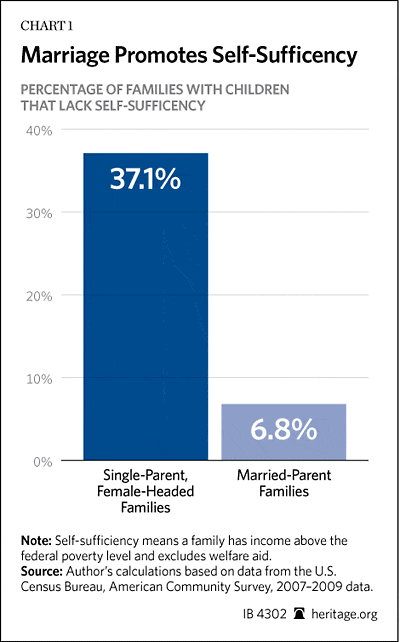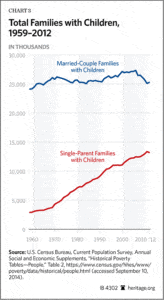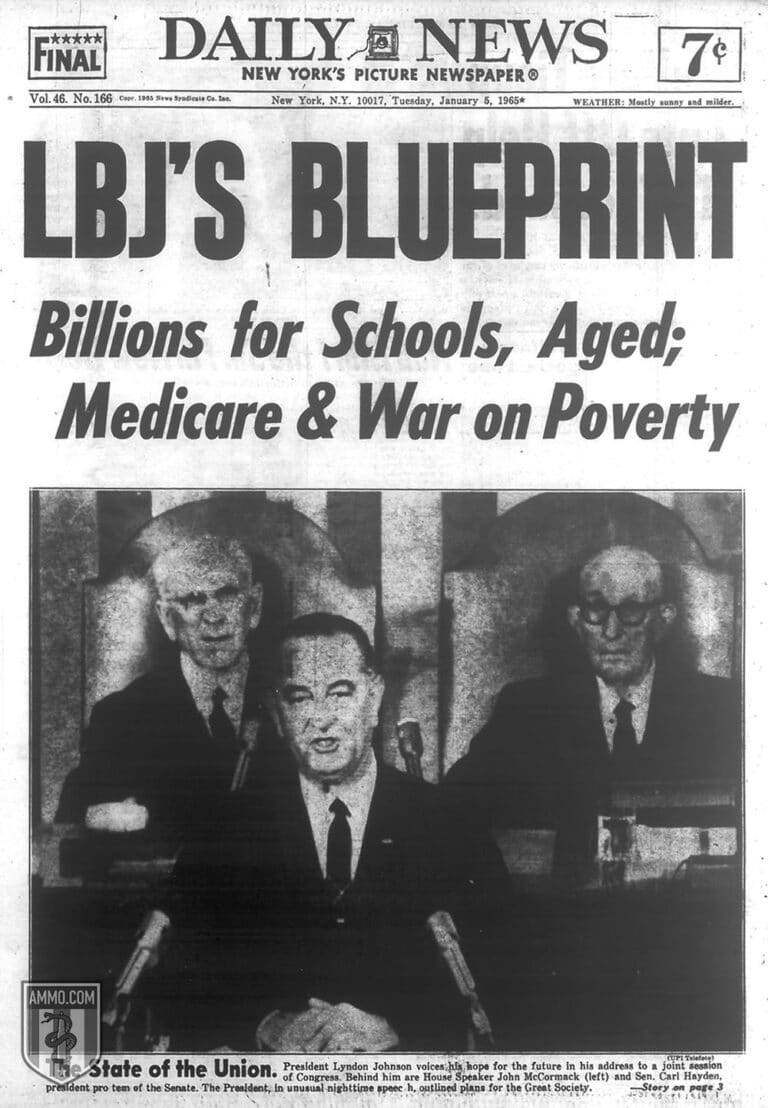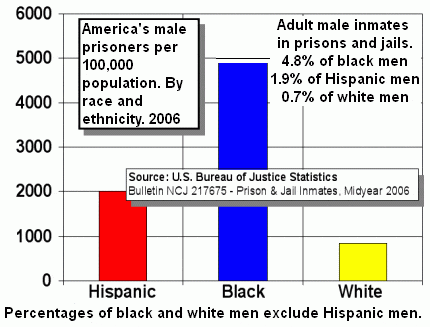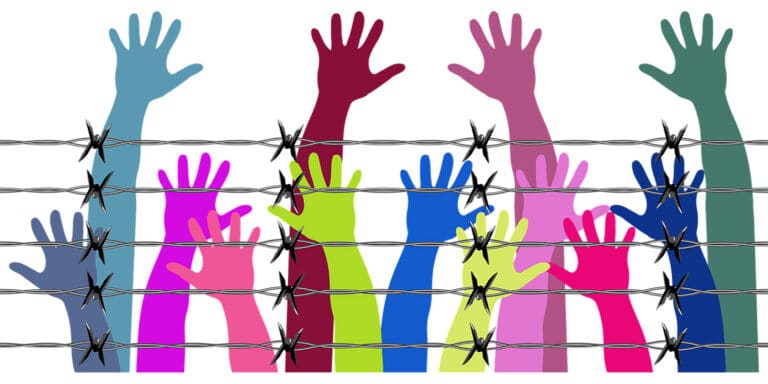Children who grow up in fatherless homes have a greater risk of major challenges in life than those who grow up with a father at home. We might want to believe otherwise and there are many children who overcome the hardships associated with an absent father, but the truth is in the data.
According to the Annie E. Casey Foundation’s website,
National Kids Count, approximately 35 percent of children under 18 live in a single-parent home as of 2016. As many as 25-percent of children in the U.S. live in households with a mother alone. That is over 18 million children who do not live with a father figure. Additionally, father-only households were noted at just 8 percent.
The Poverty Risk
Statistics show that women-only households are more likely to live below the poverty line. In 2016, the U.S. Census Bureau reported that these types of families increased to 28 percent. This leaves children vulnerable to a variety of social hardships throughout their lives.
The American Academy of Pediatrics (AAP) notes that 1 in 5 children (more than 40 percent) of children in the U.S. fall into the category of “poor or near-poor.” While this includes families with two parents as well, the study shows the disadvantages these children face.
Read More/Taken From:


